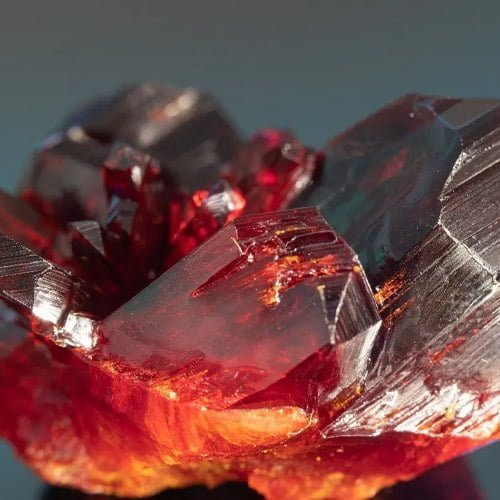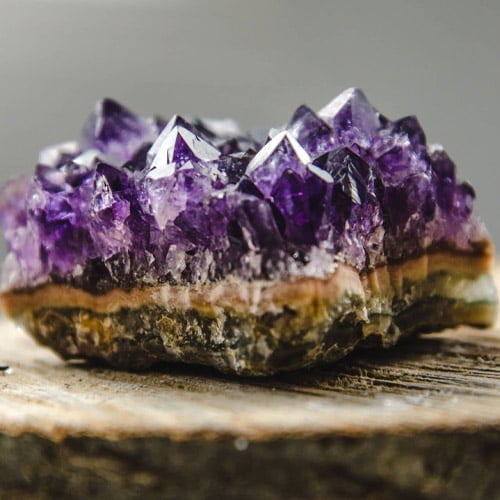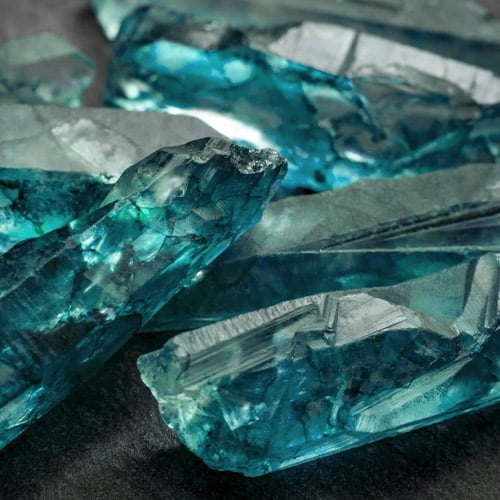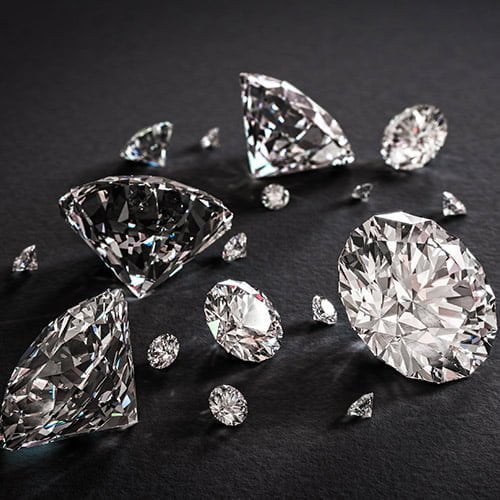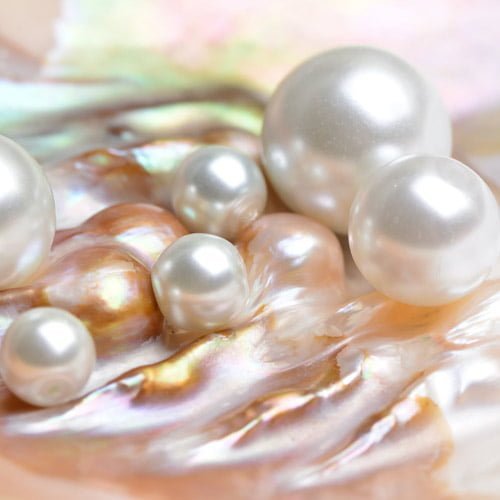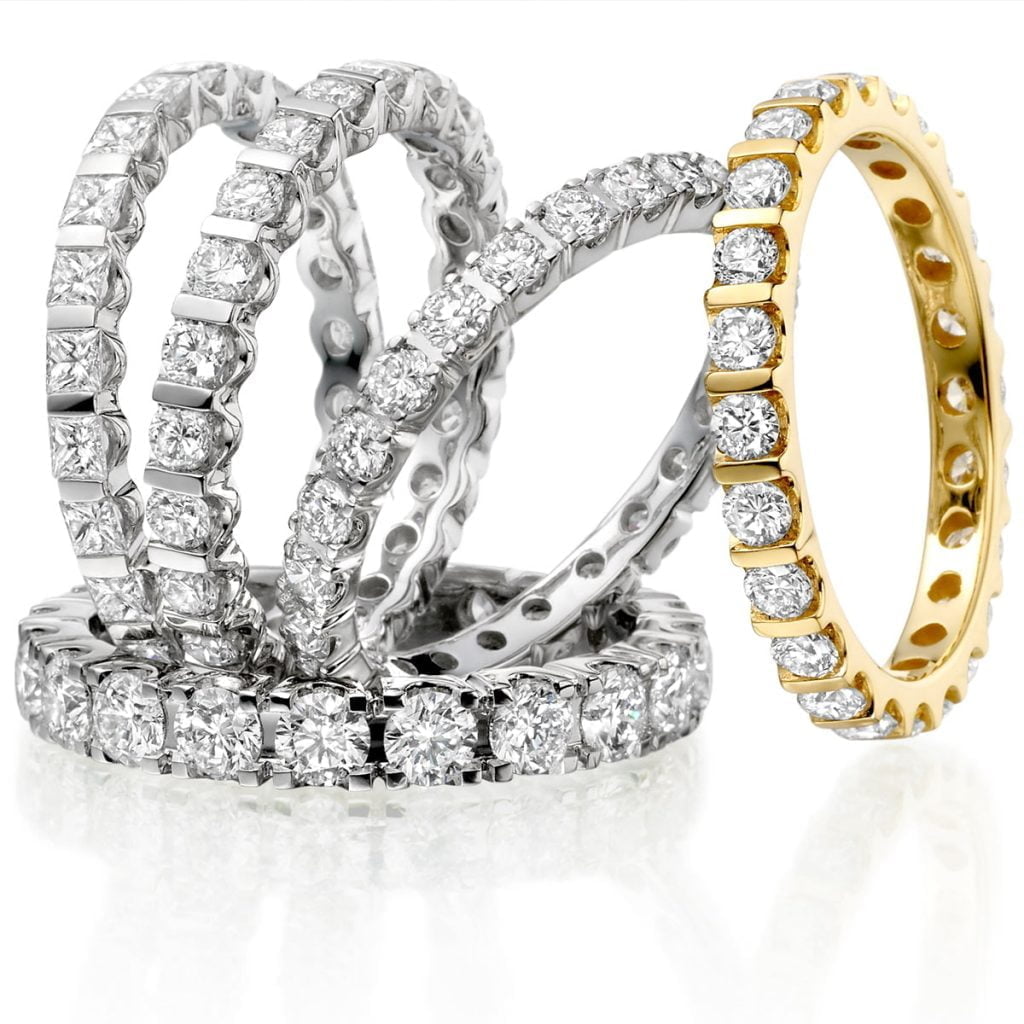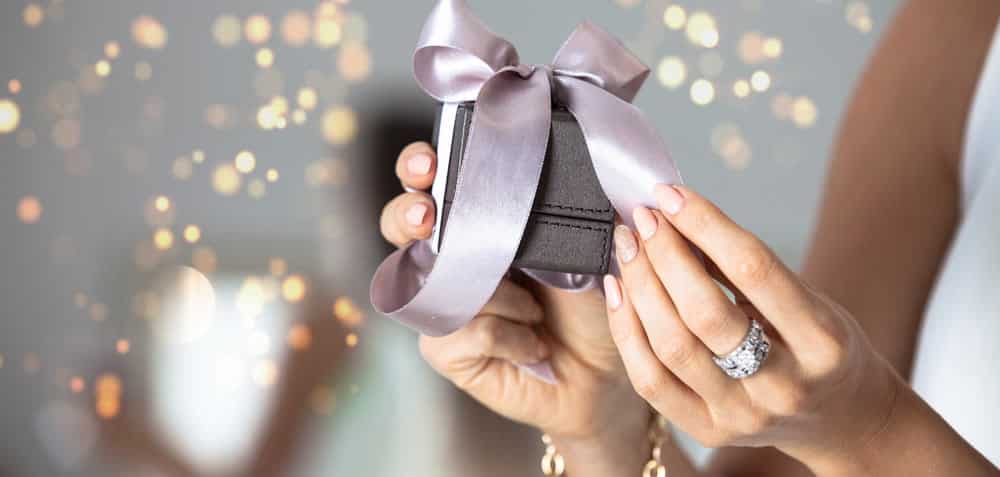Birthstones are particular gemstones that are commonly associated with the month that you were born. Wearing your birthstone will supposedly bring you love, luck and good fortune – and it will look beautiful as well! Don’t know what your birthstone is or what it means? Our two-part guide will reveal all…
In this guide, we cover Spring and Summer Birthstones
January – Garnet
Garnet is an intensely coloured stone that comes in varying shades of red. It is said to represent chastity, truth and fidelity. The garnet is so durable, remnants of garnet jewellery have been found dating as far back as the Bronze Age. Other references go back to 3100 BC when the Egyptians used garnet as inlays in their jewellery and carvings. The Egyptians even referred to it as the symbol of life. The garnet gemstone was very popular with the Romans in the third and fourth centuries.
February – Amethyst
Amethyst is a purple gemstone that gets its bright colour from its high iron content. According to legend, it gives the wearer health, luck and wit. Throughout history, amethyst has been associated with many myths, legends, religions, and numerous cultures. Ancient Greeks and Romans believed this gemstone could ward off the intoxicating powers of Bacchus and keep the wearer clear-headed and quick-witted. English regalia were decorated with amethysts during the Middle Ages to symbolize royalty. Amethyst jewellery has been found and dated as early as 2000 BC.
March – Aquamarine
March’s stone aquamarine was once rumoured to be mermaid treasure, thanks to its unusual light blue colour! Nowadays it is known for signifying courage and confidence. With colours ranging from light blue to dark blue and even blue-green, aquamarine has been linked to water and the seas throughout history.
Roman fishermen called the gemstone “water of the sea” and used it as protection, for safe travel by boat, and for luck in catching fish. Aquamarine was linked to the apostle St. Thomas who frequently travelled by boat.
April – Diamond
April’s gemstone is the classic diamond, a stone that has been treasured since ancient times. Although diamonds are most commonly found in a brilliant white, you can get them in a variety of other colours including pink, yellow and brown. Diamonds have been admired for centuries. Some historians estimate they were traded as early as 4 BC. One of the reasons diamonds are so admired and valued is because of the process by which a diamond gemstone forms deep beneath the Earth’s crust and is then forced upward until it is uncovered.
May – Emerald
Emerald was chosen as May’s birthstone as its pretty green colour reflects the fresh shades of spring. Like the season, emeralds represent hope and rebirth. Emerald gemstones were mined in Egypt as early as 330 BC, but some estimate that the oldest emeralds are 2.97 billion years old.
Cleopatra is perhaps the most famous historical figure to cherish emerald gemstones. She even claimed ownership of all emerald mines in Egypt during her reign.
The Egyptians used emeralds both in jewellery and in their elaborate burials, often burying emerald stones with monarchs as symbols of protection.
June – Pearl
Pearls are a truly romantic gem, commonly associated with love. Like diamonds, they are most often found in shades of white and cream but can occur in other hues too. Pearls have been used as adornment for centuries, at least as far back as ancient Greece, where they believed pearls were the tears of the gods. The oldest known pearl jewellery was discovered in the sarcophagus of a Persian princess who died in 520 BC.
Because natural pearls were so rare throughout history, only the richest nobles could afford them.
If your birthstone isn’t here, check for Part 2 of The Hatton Garden guide to birthstones – all will be revealed!

